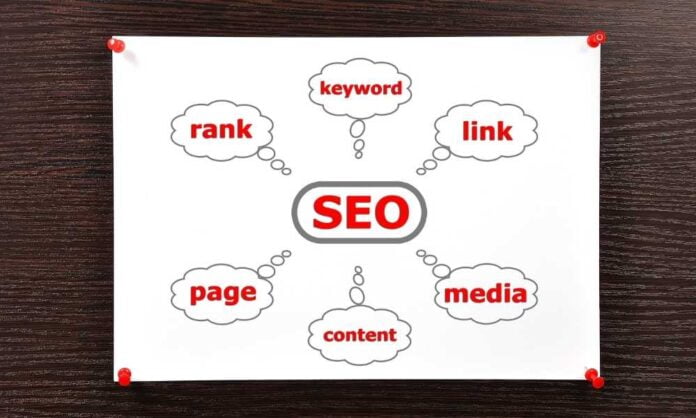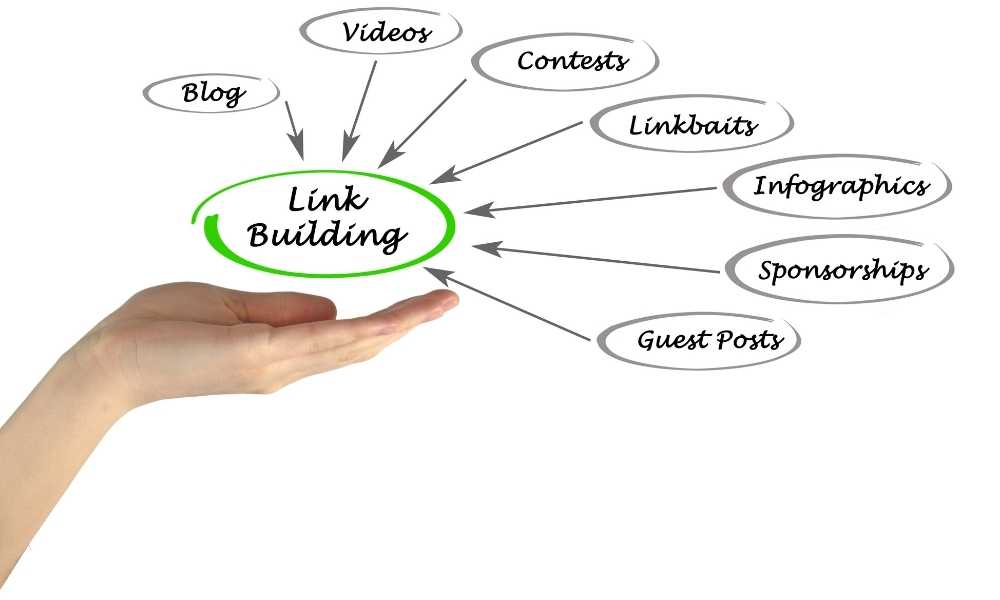To understand how to do link building, we must examine the metaphorical concept of ‘ link juice. ‘ With this terminology we refer to the ‘ juice ‘, that is the value that a page has acquired thanks to all the backlinks, or the incoming links, obtained.
Let’s now take a step back in the process of creating the link juice itself. When a new page is published on a website, a journey begins: search engines evaluate it, and readers link it from their blogs or websites. The page thus enters a virtuous circle. Of anchor backlinks received increases its potential and, therefore, the search engines consider it more credible and valuable.
But not all inbound links give the page the same value because this, in turn, depends on the value of the pages linked to our site. As a page grows, it acquires more and more link juice and authority. Furthermore, the relationship between sites continuously generates a flow of this ‘ juice, ‘which is the basis of the credibility of the sites themselves.
Check out: A write for us page on your website helps in generating quality backlinks?
The link juice value is not easily measurable because various factors must be considered to evaluate a link, such as how the page was linked and from which site.
Links Are Not All The Same: Types And Tips
The types of links existing on the web are many and essentially depend on the relationship between the sites hosting them. Each of these has its characteristics, and in this study, we will observe the best known. There are links to text, links to images, and branded links and links sidewise (the latter are found in parts of the layout that are repeated).
Check out: 6 Important Reasons To Focus On Brand Marketing
To position websites on search engines, the type of link called ‘direct’ is used, which transfers appropriate amounts of PageRank and link juice, while we speak of ‘reciprocal’ links when there is a fair exchange of links between two sites. However, this technique is considered incorrect by Google. With a ‘nofollow the link, we recommend a page without transferring link juice and PageRank instead of a ‘dofollow.’
Google considers nofollow links non-artificial and valuable because they are ‘clean,’ just as Google considers links ‘with redirects’ honest because they are the only fair way to sell links. This type of link does not alter the ranking in the SERPs, that is, in the search engine results pages. Finally, the links within the text of an article transfer and link juice and PageRank are also the context. Therefore, Google can ascertain the type of content on the site and associate it with that of the recipient of the backlink.
Main Techniques For Link Building Strategy
After explaining the basic concepts concerning link building, translated ‘link building,’ let’s try to understand which techniques are most successful for obtaining valid inbound links from external sites.
The first possible method is to write the content of a certain level and let the people of the web possibly spontaneously cite our site. However, it must be said that natural and organic link building is a rather complex and slow process to complete. The copywriting activity is of crucial importance in the structuring of a correct content diffusion strategy.
It is a question of thinking, creating, and spreading information in a rhythmic editorial plan with the ultimate goal of conversion. Another technique used is infographics available on the web to receive mentions, or the alternative one of guest graphics, where the infographics are published directly on another site.
Placing the site in local directories can also be a good SEO strategy, while the guest post method consists of writing content for a site and earning a backlink. Not only that: this last technique increases the prestige and helps to increase the audience and traffic to the site.
What Does EAT Stand For And Why You Should Know
With the acronym EAT, we usually refer to three essential guidelines that Google uses to evaluate the quality of a search: Expertise, Authoritativeness, Trustworthiness (or competence, authority, and reliability). When a site does not have these characteristic elements, then it tends to be ‘read’ as qualitatively inferior by search engines. Conversely, those who meet these requirements are rewarded. The increase in popularity of a site will correspond to a greater weight of its links: the greater experience allows you to gain trust and authority towards search engines. It is, therefore, reasonable to aim to obtain links from those portals that show the three EAT requirements.


